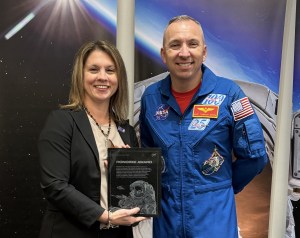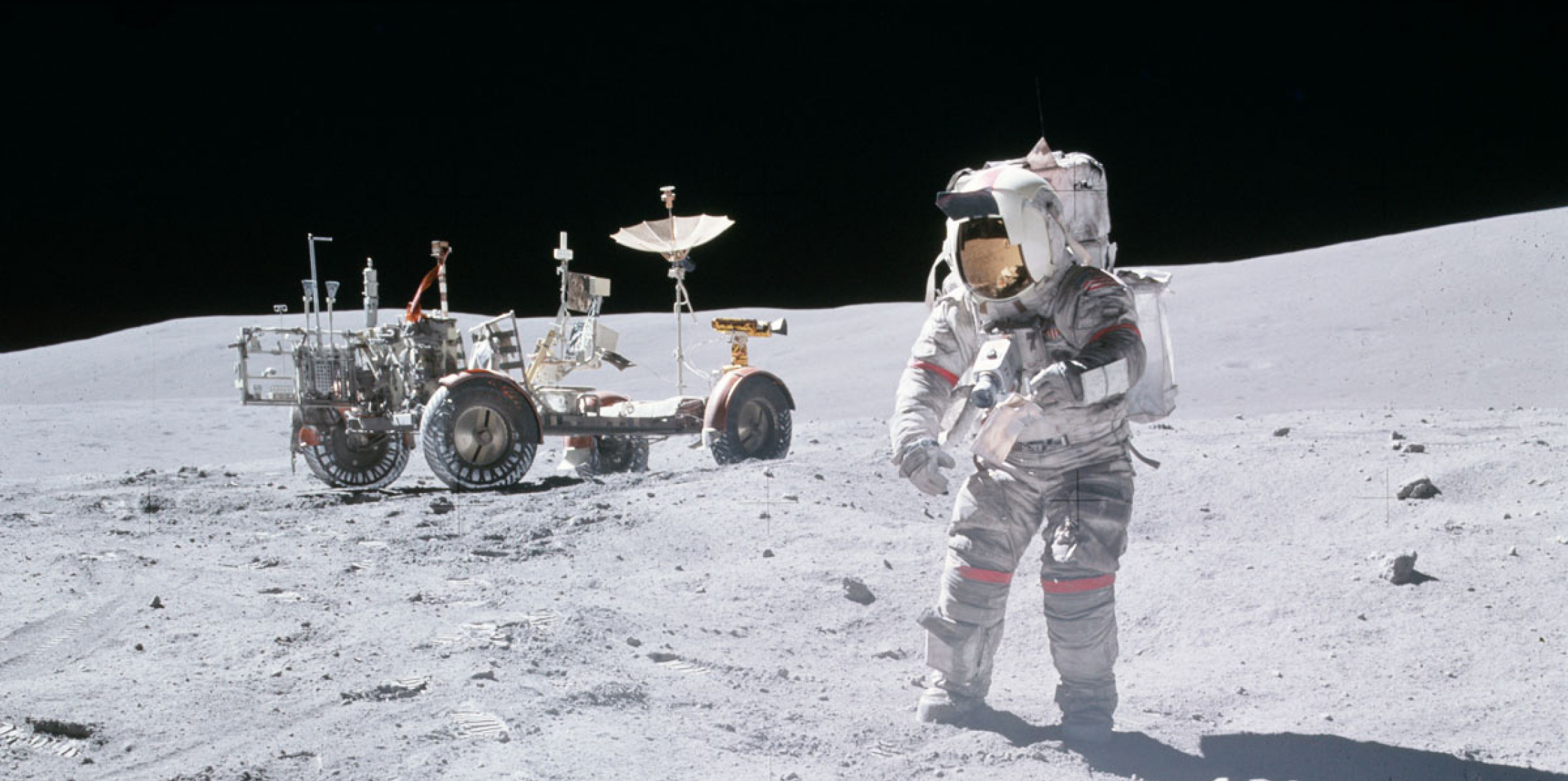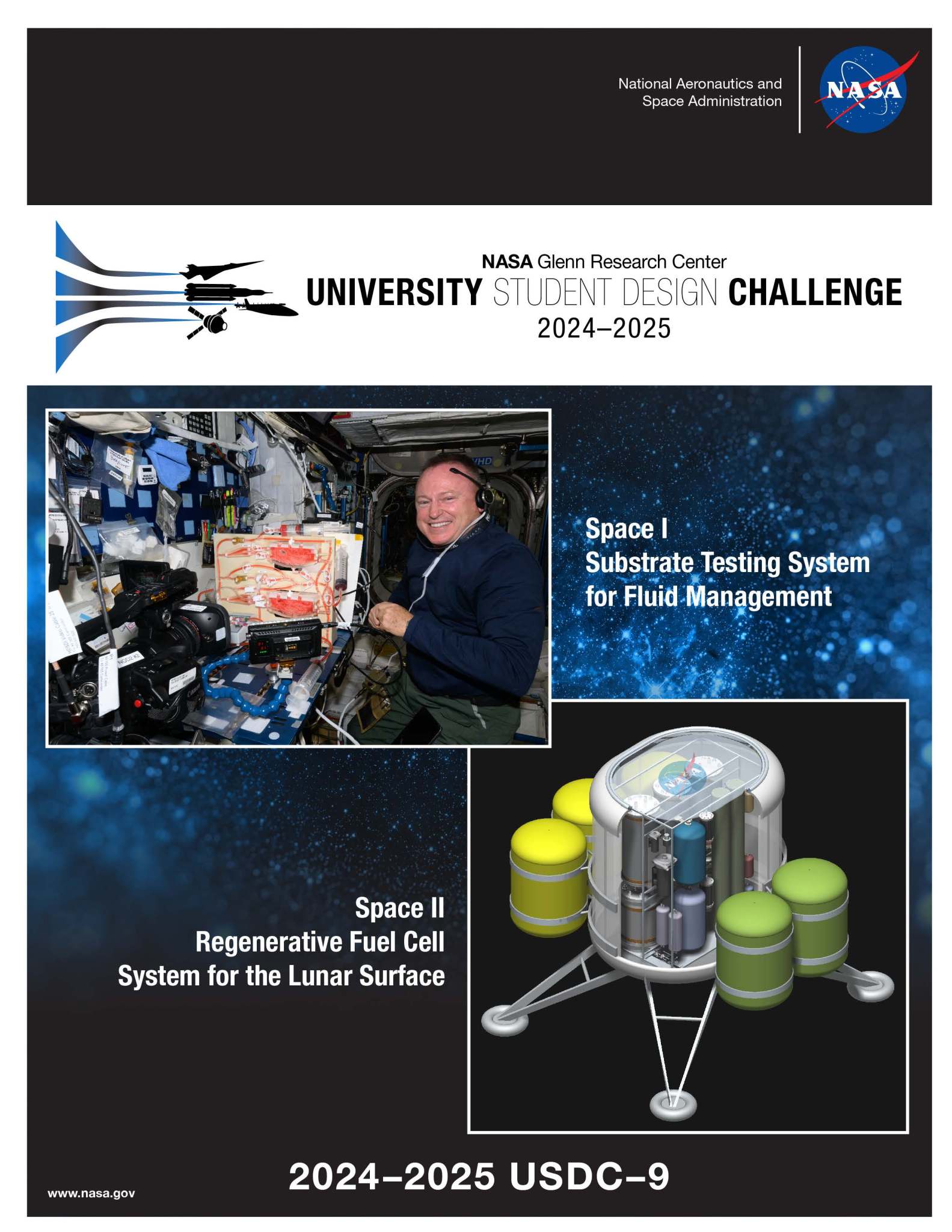Overview
Research and technology (R&T) development of innovative aeronautics- and space-related technologies at NASA Glenn Research Center dates back to 1941. The Center invites teams of undergraduate students to get involved in its R&T efforts by participating in the implementation of its sponsored University Student Design Challenge (USDC). The USDC comprises aeronautics-themed projects and space-themed projects, all of which encourage teams of participating students to use out-of-box approaches to solve specific problems to benefit NASA mission needs.
Goals
- The USDC promotes participation through multidisciplinary teams of students with STEAM majors to address societal needs for an optimal use of technical and employable skills to drive and sustain workplace productivity.
- Using the resourcefulness of students with diverse knowledge will increase creativity and foster students team-building and communication skills.
- The USDC encourages a multidisciplinary view of knowledge resulting from varied ideas and feasibilities.
Scope
Teams of three or more students work with a faculty advisor and NASA technical experts to research and develop solutions to one of the mission defined aeronautics or space related challenges proposed by NASA. The time commitment is from October to April, during which time the team is to deliver a mid-term presentation, a final presentation, a written report not to exceed 12 pages, and a 2-to 3-minute video that shows the team building or developing their design from start to finish. Once the winners of the challenge(s) are announced, each of the winning teams and their respective faculty advisors will be invited to present their designs to an audience of GRC senior leadership and Center personnel, including subject matter experts (SMEs); summer student fellows and interns; and faculty fellows.
Eligibility
Eligibility for the USDC competition extends to full-time junior- or senior-year undergraduate students in accredited U.S. academic institutions who are enrolled in multidisciplinary majors in science, technology, engineering, arts, and mathematics (STEAM) disciplines. Equally eligible are students majoring in economics, marketing, graphic arts, or other disciplines that would aid in successful execution of the Challenge projects. Each team of participating students is required to have an on-campus faculty advisor. The team of students will have access to NASA Glenn subject matter experts (SMEs) as off-campus technical mentors to complement on-campus faculty advisors.
Key Dates
- Registration Opens: August 26, 2024
- Registration Deadline: extended through October 21, 2024
- Winners Announced: April 28, 2025
- Event Ends: June 23, 2025
USDC Challenge Guide
Click here for a downloadable, printable reference manual for the 2024-2025 USDC Guide that provides detailed instruction and overview of the University Design Challenge
Featured Challenges
Space I: Substrate Testing System for Fluid Management
Space II: Regenerative Fuel Cell System for the Lunar Surface
USDC Gateway Application/Registration Instructions
1. Click on the project of your interest below:
- Space I: Substrate Testing System for Fluid Management
- Space II: Regenerative Fuel Cell System for the Lunar Surface
2. Once you are on the NASA Gateway website, click the “Apply” button. If you have never created an identity in Gateway, click the “Login” button first, then choose “Not a member? Sign up!” to get started.
3. Create your identity and sign up for the project you are planning to complete.
4. PoC’s and Advisors, please make sure every member of your team has registered in the NASA Gateway system.
If you have any technical problems with the application process, please reach out to the Gateway Help Desk at hq-nasa-stem-gateway@mail.nasa.gov. Include a description of the issue and any necessary screenshots.
If you have any questions about USDC or need non-technical assistance with the application process, please contact us at grc-university-design-challenge@mail.nasa.gov
Contact Information
David E. Alexander
Program Specialist
Email: grc-university-design-challenge@mail.nasa.gov
Glenn Research Center – Office of STEM Engagement
Phone: (216) 433-8039
Email: grc-university-design-challenge@mail.nasa.gov
Latest Content
Stay up-to-date with the latest content from NASA as we explore the universe and discover more about our home planet.

There is no excerpt because this is a protected post.

Seasonal snow plays a significant role in global water and energy cycles, and billions of people worldwide rely on snowmelt…

Teresa Sindelar always knew she wanted to be a part of human spaceflight, but she was unsure how to make…






























